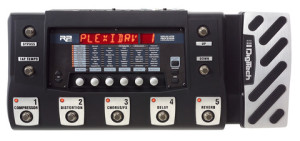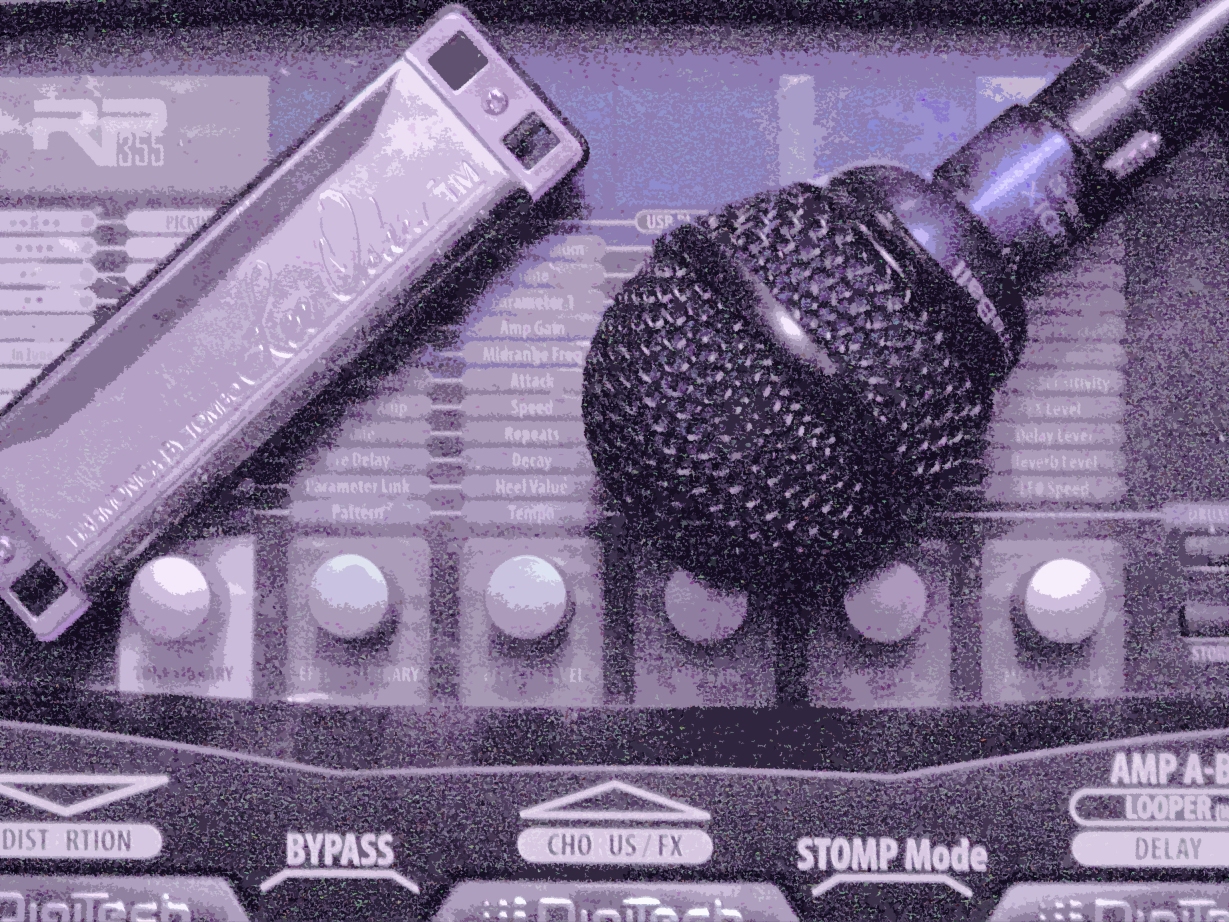
A hard-rockin’ piece of “The Lucky One”: Double Lucky
The basic structure of Double Lucky, one of the hardest-rocking tunes on my record “The Lucky One,” is a double blues: 24 bars, with 8-bar vamp sections between each 24-bar form. There are variations in the turnaround in each 12-bar section. Bar 12 ends on an Eb chord; bar 24 ends on an Ab chord. The piece is in C, and includes F snd G chords as well. If the piece wasn’t played as a dead-serious blues-rock raveup, the changes would make it sound like Steely Dan.
I wrote the rhythm harp vamp part–the second half of this clip–while I was sitting in traffic or something, and recorded it on my iPhone so I wouldn’t forget it. The demo I sent the band didn’t have that part on it, so I gave them the part in the studio and made a few comments about the feel, we rehearsed it, and we ran it down for the recorder in real time together, the way we did every basic track for this record. (I love those guys.) This clip is the rough mix of that live performance, with the harp solo added via overdub.
The rest of this post is mainly of interest to harmonica players, so if you’re not one of those you might want to just click on the link above and go hear the clip. If you like this music and want to make sure you get to hear the whole thing soon by helping us fund the project (and also get cool perks like a digital download of the music, a CD, a copy of the Digitech RP500 patch set I’m using for these songs, and more), check out Our Indiegogo campaign.
21st Century Harmonica
Playing rhythm on this piece demands all the chords you’d get from an F harp plus the ones you’d get from an Ab harp. Most amped harmonica players use bullet mics of one sort or another, which is fine for big, heavy single note tones (like you need for traditional Chicago blues), not so great if you want to use a lot of chords. I wanted the harmonica to play a strong rhythm role in this piece, so I used an Audix Fireball V to record these parts, and on the Digitech RP500 I used a Champ amp model coupled with a pitch shift of a minor 3rd up to make the missing chords and put some heavy crunch on them. The rig is 21st century harmonica gear. (And all Huntersounds RP500 patch set licensees who signed up on or after September 2015 will get the set for free when this record is released.) The pitch shifting approach is 21st century too; I don’t have to use multiple harmonicas to get a wider range of chords, I just have to shift the pitch, which I can do in real time under foot control. The Low F harmonica also isn’t much older than the 21st century, and its use in this context is brand new.

How I Played It
I used a Manji low F harp for all the rhythm parts. I played F and G on the turnarounds as octaves, which gave them a horn-like sound. I played the Eb as a full chord by shifting the C chord (draw 2-3-4) up a minor 3rd, and I did the same with the Ab by shifting the F chord (blow 1-2-3-4) up a minor 3rd. I used a Lee Oskar C Natural Minor (equivalent in register to a standard F harp) for the lead part, which I played with the same patch I used for the rhythm parts, with the pitch shifter disengaged. The Lee Oskar C natural Minor is pitched an octave higher than the Low F, so it contrasts very nicely with the rhythm harps.
This stuff is red hot. Dig. And like I said: check out Our Indiegogo campaign.
Tags In
Related Posts
Leave a Reply
You must be logged in to post a comment.
WHAT’S NEW
Categories
- Audio/Video
- Blog
- Blue Future
- Digitech RP Tricks and Tips
- Discography, CDs, Projects, Info, Notes
- Featured Video
- For the Beginner
- Gallery
- Hunter's Effects
- Hunter's Music
- Huntersounds for Fender Mustang
- Meet the Pros
- More Video
- MPH: Maw/Preston/Hunter
- My Three Big Contributions
- Player's Resources
- Pro Tips & Techniques
- Recommended Artists & Recordings
- Recommended Gear
- Recorded Performances
- Reviews, Interviews, Testimonials
- The Lucky One
- Uncategorized
- Upcoming Performances
- Zoom G3 Tips and Tricks
